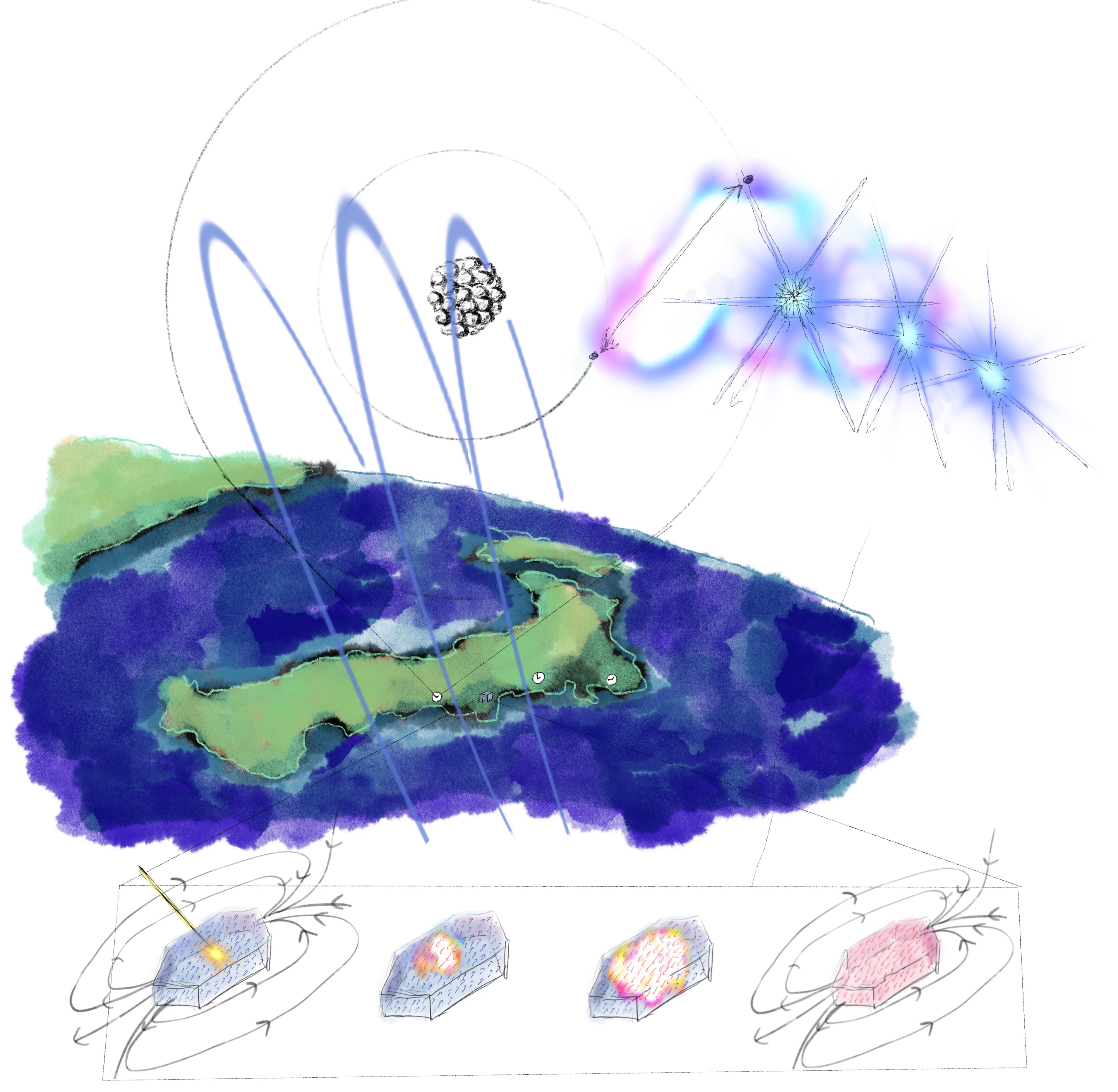Exploring dark sectors of the universe with state-of-the-art quantum technologies.


- 1.5 Quantum interdisciplinary sciences(Life science, Mathematics, Particle physics, Space science, Astronomy, Quantum gravity, etc.)
- 1.10 Educating the quantum generations
- 2.1 Quantum bits, memories, devices(Superconducting circuits, Ion trapping, Trapped cold atoms, Photons, Quantum dots, etc.)
- 2.2 Quantum sensing(Quantum metrology/Sensing/Imaging, Optical lattice clocks)
Tadayuki Takahashi
Kavli Institute for the Physics and Mathematics of the Universe
(Kavli IPMU) Professor
The existence of new particles that interact extremely weakly with normal matter is well-motivated, in particular through the observed dark matter of the universe.
We aim to theoretically and experimentally investigate the use of state-of-the-art quantum sensors and ultra-high precision techniques, such as a network of atomic clocks, as probes of such “dark sectors".
We aim to theoretically and experimentally investigate the use of state-of-the-art quantum sensors and ultra-high precision techniques, such as a network of atomic clocks, as probes of such “dark sectors".
Research collaborators
- Shigeki Matumoto (Kavli IPMU)
- Tom Melia (Kavli IPMU)
- Hidetoshi Katori (Department of Applied Physics)
Related publications
- Multiphonon excitations from dark matter scattering in crystals, B. Campbell-Deem, P. Cox, S. Knapen, T. Lin, T. Melia, Phys. Rev. D 101 no. 3, 036006 (2020).
- The Dark Matter Phonon Coupling, P. Cox, T. Melia, S. Rajendran, Phys. Rev. D 100 no. 5, 055011 (2019).
- Light Fermionic WIMP Dark Matter with Light Scalar Mediator, S. Matsumoto, Y. S. Tsai , P. Tseng, JHEP 1907, 050 (2019).
- Test of general relativity by a pair of transportable optical lattice clocks, M.Takamoto, I. Ushijima, N. Ohmae, T. Yahagi, K. Kokado, H. Shinkai, H. Katori, Nature Photonics (2020).






